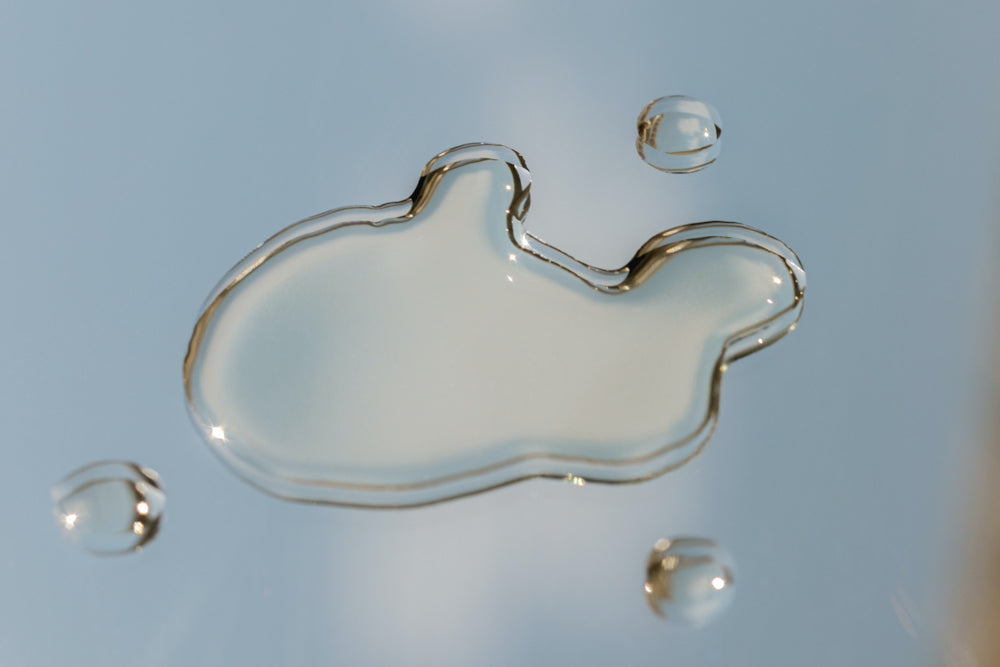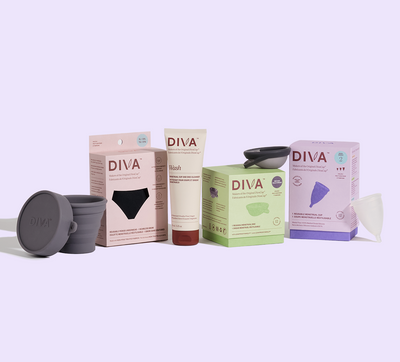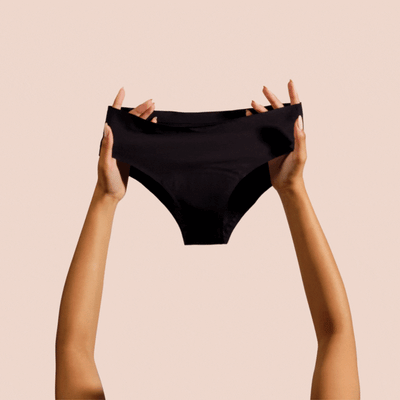

How to Clean a Menstrual Cup
The Do’s
Discoloration can happen. But a stained menstrual cup is still perfectly usable. Before you replace your cup, try some of our tried and trusted methods of thoroughly washing your cup.
First thing’s first: always boil your cup before your first time using it.
Not many users know this, but you only need to boil your menstrual cup once you remove the cup from the box and before its first use. After the first time you insert the cup, you can clean it using a variety of methods, not always requiring boiling water! (Convenient for when you’re camping, traveling, or going on a road trip, right?)
Since DivaCups are reusable period products and can be worn for up to 12 hours for continuous protection, you may over time experience stains—that’s a long time for a medical-grade silicone product to be inside of you!
To battle pesky stains, we recommend the following:
- First, remove the cup and empty your flow into the toilet or sink
- You can rinse your cup at home in the sink using hot water and fragrance-free soap (it’s also okay to use cold water)
- If you’re not going to insert your menstrual cup again, you can dry it with a micro-fibre towel, or leave it on a safe and clean surface to air dry
- If you are inserting your cup again, it’s fine for it to have a bit of water left on it (it might make re-insertion easier)
- Sterilizing your cup is also a great option if you have an at-home sterilizer
If you’re not at home, and want to empty, clean and re-insert your cup in a public washroom and you don’t have easy access to a sink or running water, you can:
- Empty your flow in the toilet
- Wipe down with toilet paper (just make sure no remnants are left on the cup)
- If you have bottled water, you can pour some onto your cup over the toilet to rinse
Regardless of whether you have a heavy flow or a light flow, you should clean your cup regularly to avoid infection.
If you’re not re-inserting right away, store your cup safely in a bag after cleansing. We always recommend a light, breathable cotton bag, such as the organic cotton pouch included in the DivaCup packaging.
The Do Not’s
Cup cleansing sounds easy, right? But what should you avoid when cleansing your menstrual cup?
Be sure to avoid the following when cleansing your cup:
- Hydrogen peroxide
- Anti-bacterial soap
- Oil-based soap
- Glycerin
- Baking Soda
- Bleach
- Castille soap
- Rubbing alcohol
- Vinegar
- Any scented soaps
The vagina is a beautiful self-cleaning mechanism. Harsh chemicals can throw off your vaginal pH, or worse, cause a painful infection.
Lastly, and very importantly, it may be a cup but it’s not that kind of cup. Your menstrual cup does not belong in the dishwasher—it is not dishwasher safe!
Caring for Your Menstrual Cup
How to Store Your Cup
If you’re not re-inserting right after cleansing your cup, it’s best to safely store it away.
We always recommend a light, breathable cotton bag, such as the bag included in the DivaCup packaging.
Removing Stains
Stains suck, don’t they?
Before soaking it in hydrogen peroxide (see our ‘do not’ list above), try boiling your cup, thoroughly cleansing it with water and DivaWash, or scrubbing it with a dry cloth.
When to Replace Your Cup
Eventually, your menstrual cup—whether a DivaCup or another brand—is going to need replacing.
Over time, the medical grade silicone used to make the DivaCup will stain and perhaps begin to deteriorate. Some companies suggest that you only need to replace your cup every ten years, but this is inaccurate. The pH of your vagina will begin to wear away at the silicone if the cup is consistently used for your period over the course many years. If you notice any cracks, residues, or severe staining and odours, it’s time to replace your cup.
We recommended replacing your cup every year (it’s a nice treat), or at least after several years of use.



















